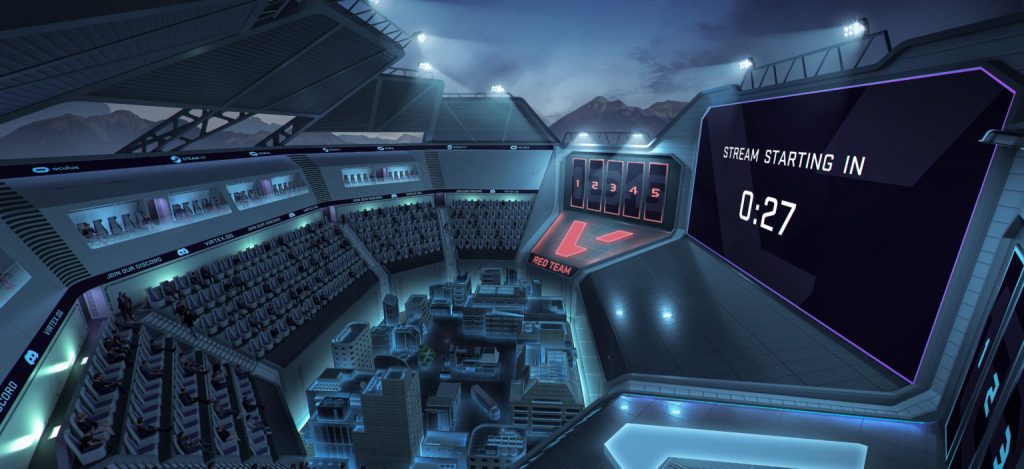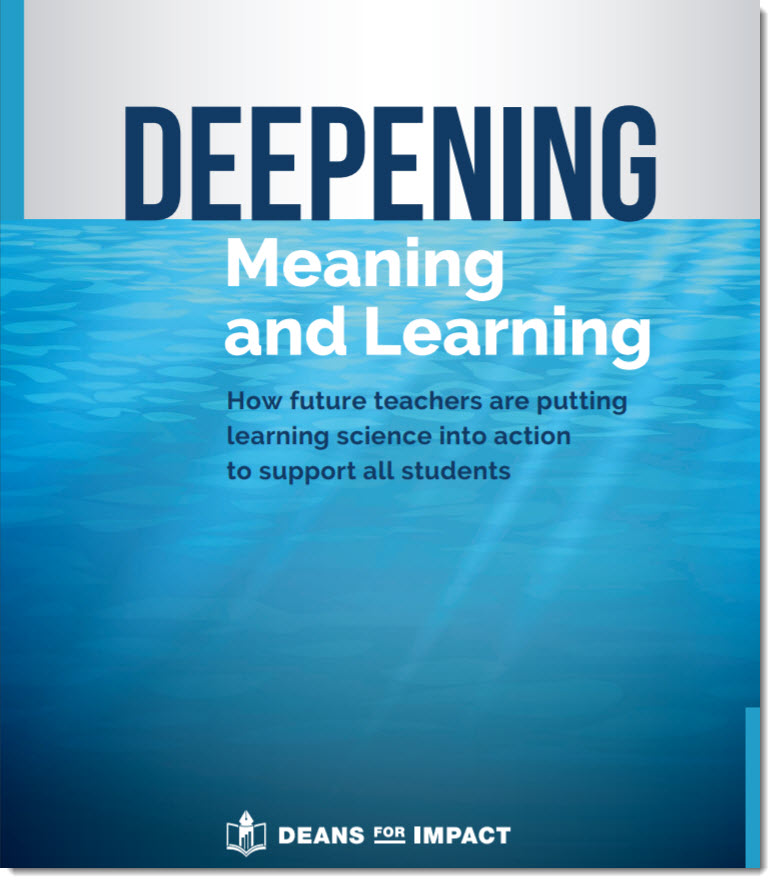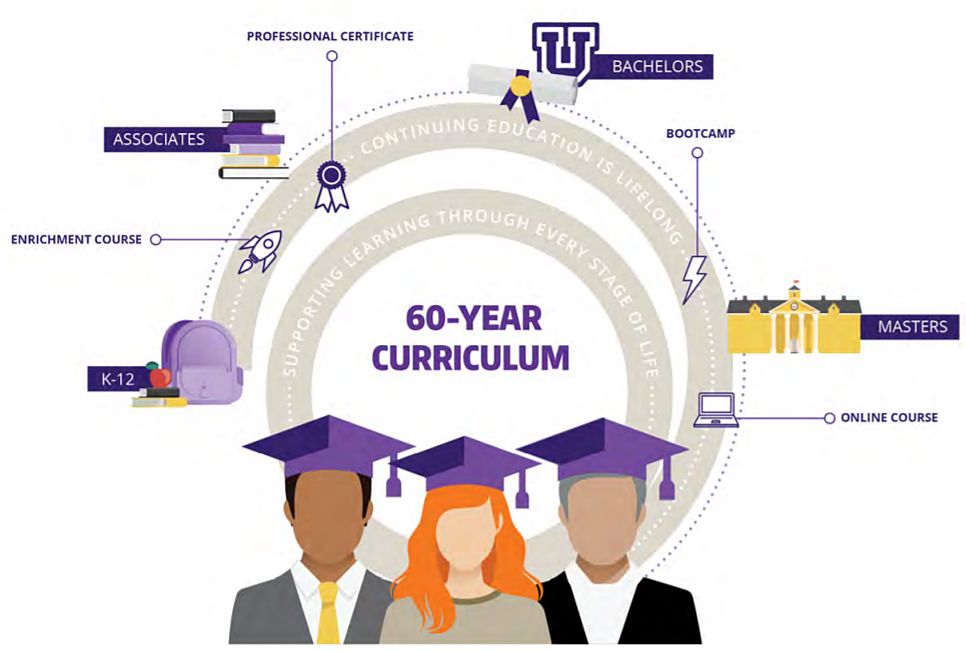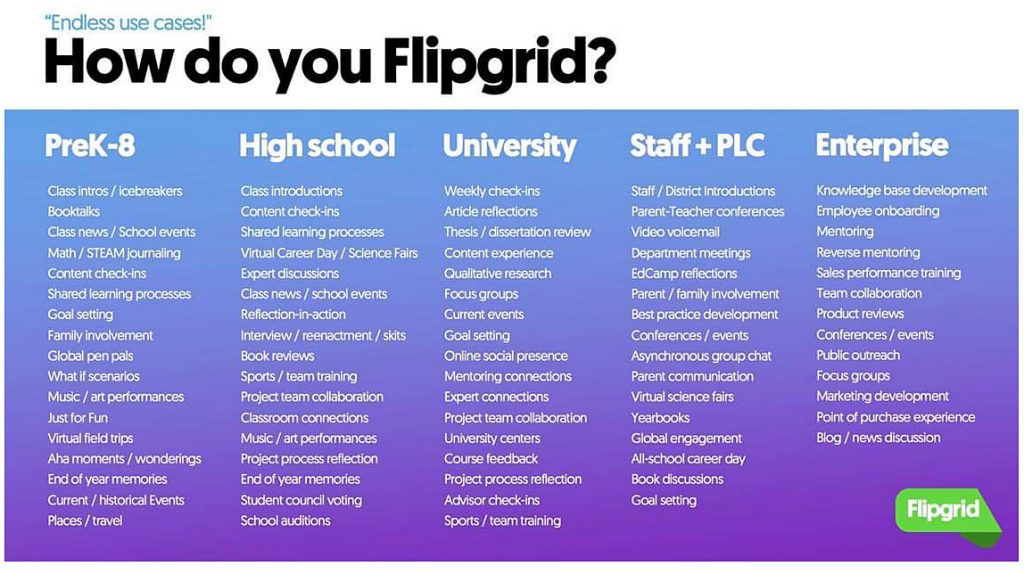The Short-term Credentials Landscape — from newamerica.org by Monique O. Ositelu, PhD, Clare McCann, and Amy Laitinen
What We See and What Remains Unseen
Abstract
Given the rapid growth in short-term programs, and policymakers’ fast-growing interest to invest federal higher education dollars into very-short-term credentials, we explore what the research does—and does not— show us about such credentials’ utility in the labor market. With concerns about equity, our review of the literature guides us towards caution, as a strong push for short-term certificates may run the risk of reifying socioeconomic stratification.
From DSC:
I wonder…will accreditation move towards the use of crowd-sourced methods? Similar to rating one’s driver or one’s experience with a product, will microcredentials get into more reviews and recommendations from the users of various learning/training-related sites and services?
Will users of a service comment on whether the credential helped them (with a salary increase, with practical knowledge, with an expanded scope of projects at work, etc.)?















